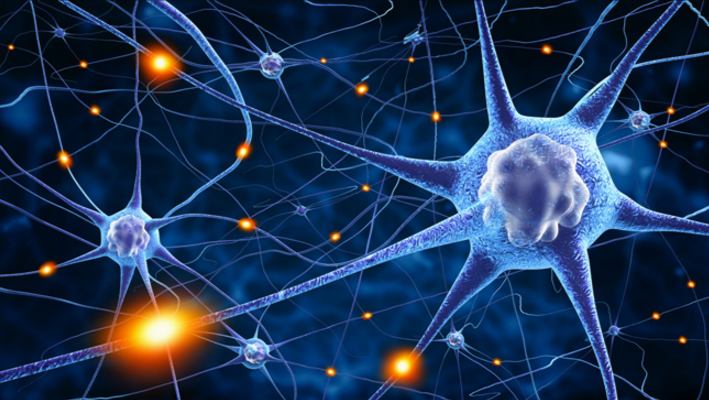Immune cells ATTACK the aging brain and release a substance that hinders new nerve cell production, report scientists
05/13/2020 / By Evangelyn Rodriguez

One of the defining features of the brain that sets it apart from all other organs of the human body (except muscles) is that it is made up of cells that cannot regenerate. The nerve cells in the brain called neurons are terminally differentiated, meaning that, unlike skin cells or blood cells, they cannot reproduce. So instead of relying on these cells to regenerate when they’re damaged, the brain recruits neural stem cells (NSCs) from specialized areas called neurogenic niches to repair these neurons. These NSCs are not only capable of self-renewal, but they are also able to form new cells.
According to research, the brain’s neurogenic niches become less functional with age, but how this happens remains unknown. In a recent study, researchers at Stanford University performed single-cell analysis of old and young neurogenic niches in mice to determine the changes they undergo during aging. They found that the infiltration of a certain type of immune cells into old brains is responsible for the NSCs in neurogenic niches losing their ability to generate new cells. The researchers reported their findings in an article published in the journal Nature.
The role of neural stem cells in the brain
Because of their inability to regenerate, neurons are programmed to last for a lifetime. The human brain harbors neurogenic niches to help maintain tissue homeostasis and repair these neurons in case of injury. Young brains, in particular, have an abundance of neurogenic niches, as the cells that reside in these areas are also involved in brain development. In contrast, old brains have fewer neurogenic niches, and the NSCs in them have been found to be less functional.
In adult mammalian brains, most of the NSCs can be found in a region called ventricular-subventricular zone. These cells generate young neurons that migrate to the olfactory bulb, an important structure located in the forebrain, where they contribute to odor discrimination and odor-reward association. Meanwhile, the NSCs in the hippocampus produce new excitatory neurons for the dentate gyrus, the brain region involved in hippocampal memory formation. These cells, which were previously known as radial astrocytes, play important roles in learning, memory and pattern separation.
Immune cells affect neurogenic niches during brain aging
To understand how the neurogenic niche is altered by brain aging, the Stanford researchers analyzed 14,685 single-cell transcriptomes — the sum total of RNA molecules expressed from the genes of an organism — from the subventricular zone of three-month-old mice and 28- or 29-month-old mice. Their analysis revealed that in old neurogenic niches, the number of activated NSCs is significantly reduced while endothelial cells and microglia — the resident immune cells in the brain — undergo significant changes.
But the most notable discovery the researchers made was the presence of T cells — a type of immune cells responsible for killing infected cells and producing pro-inflammatory molecules — in old neurogenic niches. While also present in young neurogenic niches, the population of these white blood cells is about 16-fold smaller than the population found in old neurogenic niches. The researchers also noted that when killer T cells were nestled next to NSCs in old neurogenic niches, the NSCs showed a reduced ability to proliferate.
Upon further investigation, the researchers found that the T cells in old neurogenic niches were clonally expanded, meaning they were copies of a parent T cell that has a high affinity to, and high specificity for, certain antigens. These T cells were generally distinct from the T cells present in the blood of old mice. The researchers also found that the T cells in old neurogenic niches expressed interferon-y, a pro-inflammatory molecule that also directs the growth, maturation and differentiation of various cell types.
The NSCs in old neurogenic niches that were highly responsive to interferons showed decreased proliferative ability, suggesting that these interferon-y-producing T cells are responsible for the reduced function of neurogenic niches in aging brains. Moreover, the fact that these T cells have undergone clonal expansion suggests that their presence in the brain was due to an immune-related response to (currently) unidentified brain-based antigens.
The Stanford researchers are now working to determine what these antigens are to fully understand the mechanism that disrupts the formation of new neurons in aging brains.
Learn more about the link between immune cells and brain function at BrainFunction.news.
Sources include:
Submit a correction >>
Tagged Under:
aging, brain aging, brain function, brain health, breakthrough, discoveries, immune cells, immune system, interferons, nervous system, neural stem cells, neurogenic niches, neurology, neurons, research, T-cells, weird science
This article may contain statements that reflect the opinion of the author
RECENT NEWS & ARTICLES
COPYRIGHT © 2017 ALZHEIMERS NEWS





















